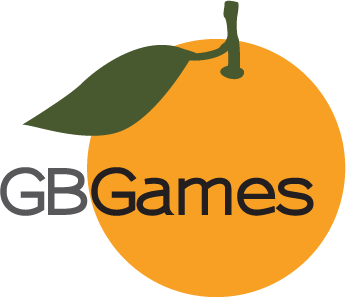Yesterday I worked a bit on Oracle’s Eye Prime. I managed to get a simple window to open. Nothing special at all, but it is a good first step. When I last started working on OE, I had the benefit of an existing codebase from last year’s June Game in a Day. Since I am starting a new engine, I had to reimplement some basic functionality.
The upside? I have a much better idea how the code should look. It took me less than an hour to get this functionality up and running, and I imagine getting Kyra integrated will take even less time.
I plan to use a configuration file throughout the development. Previously I would have hardcoded everything and worried about loading data later. Now, if I hardcode anything, it is meant to be replaced once the functionality is implemented. For instance, the title bar of the window has the string “Oracle’s Eye Prime”, which is specified in the code. Once I get a working loader for the configuration file, that name, as well as the dimensions of the window, can be loaded dynamically without recompiling.
I think I should be able to get quite a bit accomplished before June 15th. Epic, I’ll still play Quake 3 Arena with you if I manage to get OE’ to the same point as OE was when I stopped working on it. B-)
